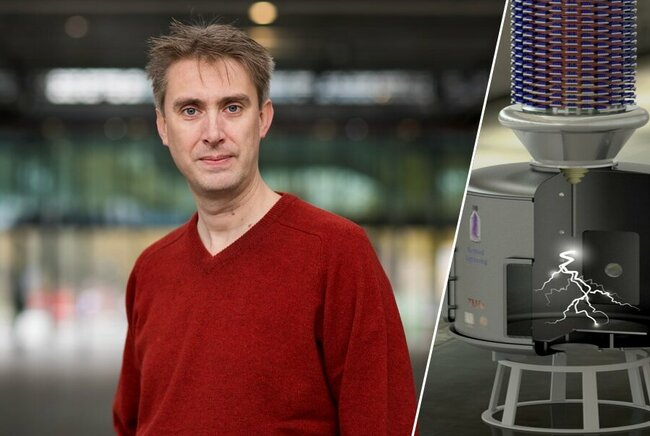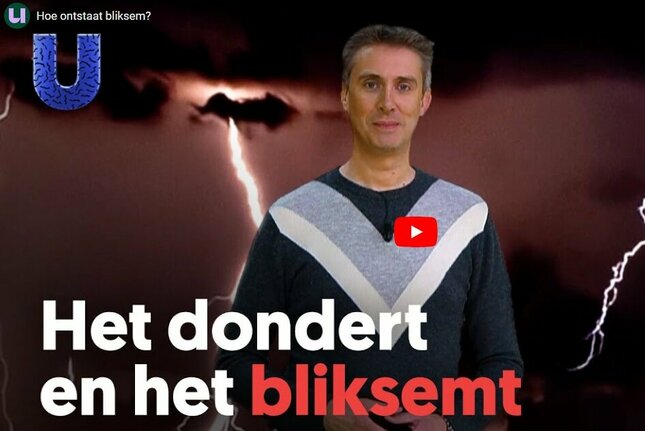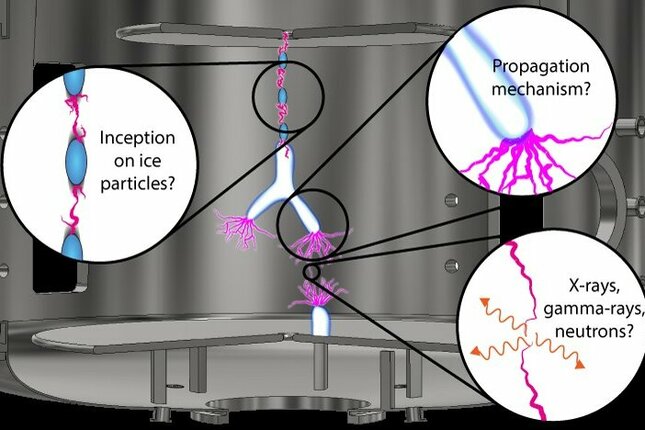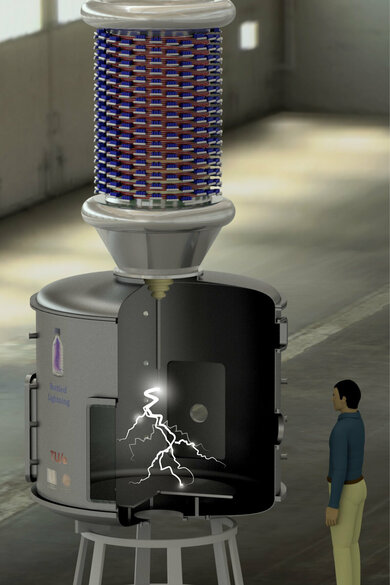2.5 million euros for research on 'lightning in a bottle'
TU/e researcher Sander Nijdam receives the ERC Consolidator Grant. He aims to unravel the secrets of lightning in his laboratory.

Although we are all familiar with it, much is still unknown about the origin of lightning. University associate professor Sander Nijdam of the Faculty of Applied Physics and Science Education wants to, as he puts it, 'unravel the secrets to understand lightning'. To do so, he will use a yet-to-be-built discharge vessel. This will allow him to simulate all kinds of conditions in the laboratory. Nijdam has received a 2.5 million euro grant from the European Research Council (ERC) for this research.
Three questions
In the last round of the ERC Consolidator, three TU/e projects were already awarded grants. Nijdam was on the reserve list. He recently learned that his research may still receive a grant. "It was my last chance, because the grant is for researchers who have a maximum of twelf years of experience after their PhD, and this is my twelfth year", says Nijdam who is happy to get started.
"The number one question in lightning research is still ‘how is lightning initiated?’ or, in other words, ‘when does the very first spark occur?’ I want to be able to answer that question", says Nijdam.

Two other questions he aims to answer revolve around how lightning propagates through the air and why lightning is often accompanied by X-rays and gamma rays.
Lightning
Lightning is a very powerful discharge of hundreds to thousands of megajoules between positive and negative parts of electrically charged air that often occurs in or between clouds, but also between clouds and the earth. And it’s the latter that is the most dangerous for humans and animals. As an expert, Nijdam is regularly questioned by media and has already given a mini-lecture on the subject at the University of the Netherlands.

Laboratory experiments
So far, research has been done by meteorologists who investigate natural lightning by, for example, taking measurements in the clouds or using satellites to study clouds from above.
Instead, Nijdam wants to build laboratory experiments, and thus be able to create specific conditions to understand lightning phenomena. To do so, he is building a large discharge vessel of about 2x2x2 meters with fellow Electrical Engineering researcher Tom Huiskamp.

Unique
Nijdam: "The initiation of lightning within thunderclouds involves a complex, but not yet understood interplay between electric fields, ice particles, charges, and cosmic rays. I will drop ice-like particles through varying electric fields into the new discharge chamber and observe when discharges occur and when they are strong enough to initiate lightning."
He also calls the experiments unique given thatbecause, thanks to because of the large discharge chamber, it is possible to create a very controlled atmosphere, something that is precisely not possible with natural lightning.
The results of his tests are of interest to many people, according to Nijdam. For example, for engineers in the field of high-voltage technology. They can use it to improve their devices.
The grant will allow Nijdam to work with three PhD researchers students over the next five years. The discharge vessel will probably be ready in the summer of 2025 to start conducting experiments with it.
Latest news


![[Translate to English:] [Translate to English:]](https://assets.w3.tue.nl/w/fileadmin/_processed_/e/0/csm_BvOF%202019_1031_BHF%20license%20TUe%20ILI%20copy_8a50884392.jpg)